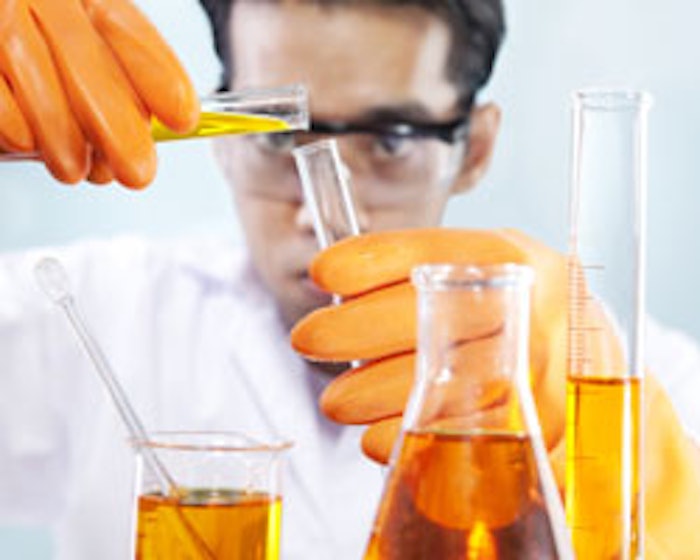
Scientists at the University of Western Ontario have uncovered a bacterial mystery. Against all logic, the most predominant strain of methicillin-resistant Staphylococcus aureus (MRSA) in North American produces an enzyme that degrades skin secretions into compounds that are toxic to itself. The research is published online ahead of print in the Journal of Bacteriology.
S. aureus is a normal commensal bacterium that benignly inhabits around 30% of the human population, in the nasal passages and on the skin. Yet it can become opportunistic. As such, it represents a major, growing public health threat now comparable to HIV, tuberculosis, and viral hepatitis. A particularly hypervirulent strain of MRSA, USA300, has become the predominant strain in both the community and in hospitals across North America.
Recent studies have indicated that USA300's emergence and rapid spread were due at least in part, to enhanced ability to abide on human skin, a skill which has been traced to a gene that confers resistance to toxic polyamines on the skin. That gene is absent from all other S. aureus strains.
That aside, the skin is not exactly a hospitable environment. To S. aureus, sebum, a waxy or oily substance secreted by the sebaceous glands in the skin, is a witch's brew of free fatty acids and other bacterial poisons. Sebum also contains triglycerides, to keep the skin from drying out.
The mystery involves the production by all strains of S. aureus of a lipase enzyme, SAL2, that snips these innocuous triglycerides into more of the antimicrobial free fatty acids. "In previous work, SAL2… was identified as one of just seven secreted proteins that was universally produced by 63 diverse strains of S. aureus and, as such, it is unlikely that S. aureus would have evolved to maintain abundant production of SAL2 if it did not confer a substantial benefit to the bacterium," the investigators write, adding that this is especially true for the USA300 strain of community-acquired methicillin resistant S. aureus (CA-MRSA).
In the study, the investigators engineered strains of CA-MRSA that could not make SAL2 lipase, and compared, in vitro, how the mutant and the wildtype responded to triglycerides. The mutants grew well in the presence of triglycerides.
"But in the case of the wildtype, the activity of SAL2 lipase produced high concentrations of fatty acids that inhibited bacterial growth," says corresponding author David E. Heinrichs, of the University of Western Ontario, London. That seemingly illogical result is driving further research, says Heinrichs. "Our continued efforts are directed toward finding out why these bacteria have evolved a growth-inhibiting system of releasing large amounts of fatty acids from skin secretions."
Somehow, the investigators suggest in their conclusion, the evolutionary conservation of ample production of SAL2 lipase's activity must be helping the bacterium to colonize and persist on human skin. But they hint at the difficulty of determining how it works when they write that a number of different models will be needed to examine persistence and virulence not only on the skin, but in abscesses beneath the skin, and in bacteremia. Some of those studies are already underway.
This content is adapted from an article on www.sciencedaily.com, September 15, 2014.










